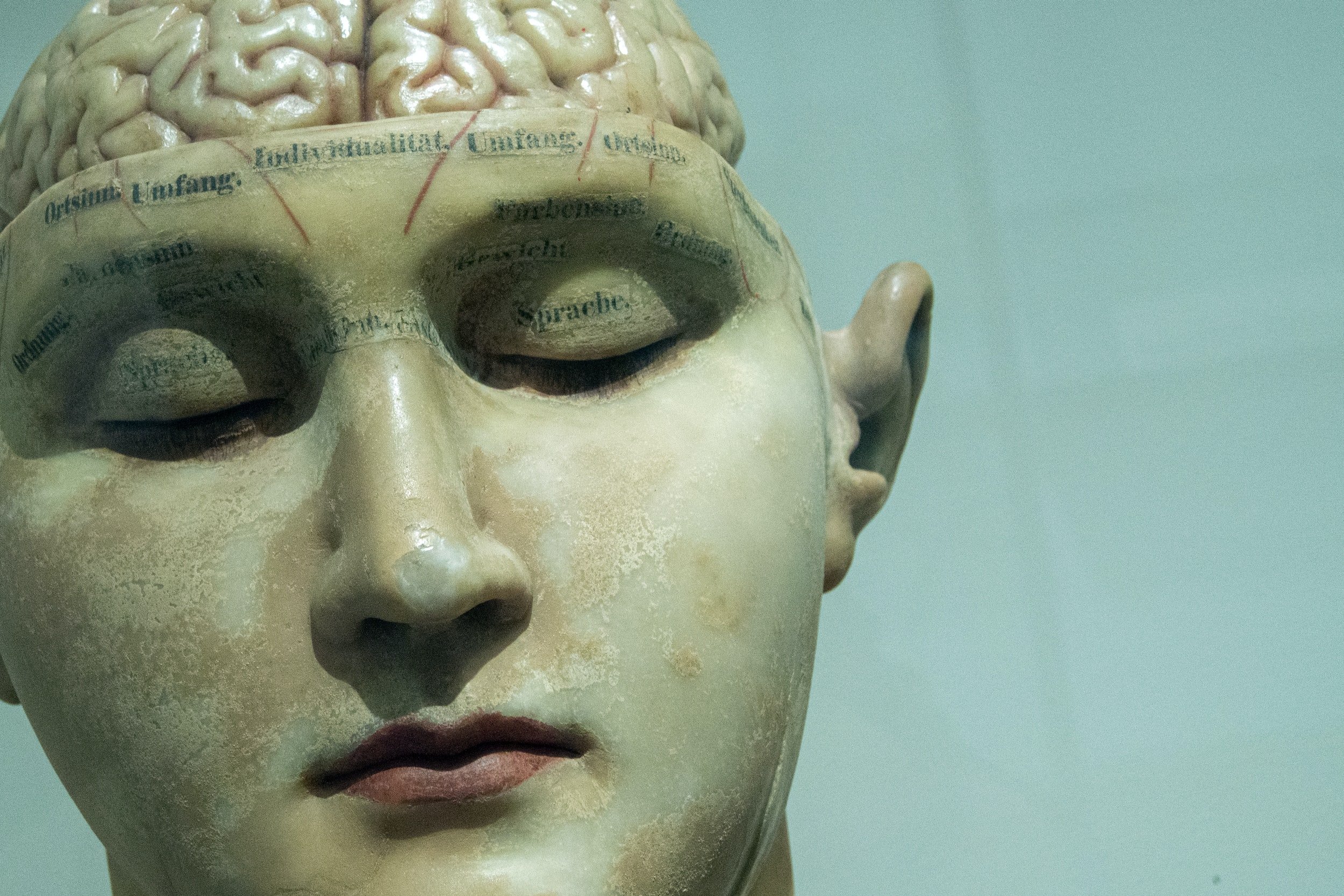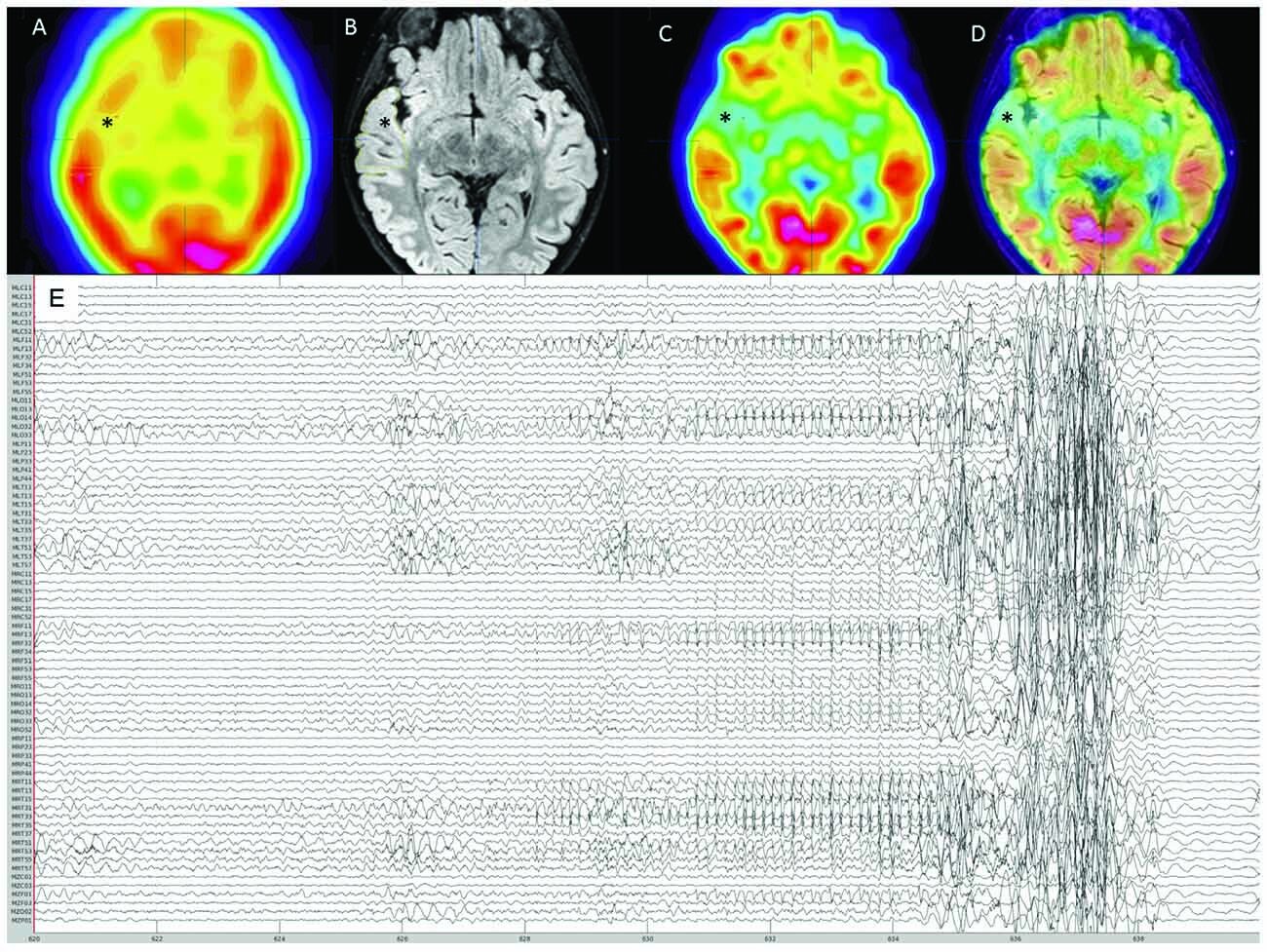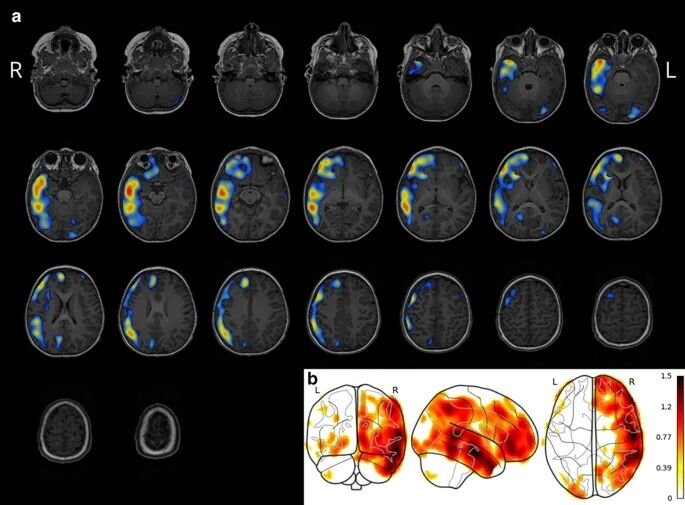

Boosting (auditory) memory with (visual) stimulations
Our new study shows that stimulating one of our senses enhances our capacity to memorize inputs to our other senses.
The results, obtained in collaboration with the Zatorre lab, also at McGill’s Montreal Neurological Institute, are published today in open access in the journal Science Advances.

How much data is enough data?
We publish today a new study that establishes the minimal brain recording duration required to capture the typical fluctuations of individual brain activity in the resting state. The new study is published in open access to everyone in the journal Neuroimage.

We’re “Over the rainbow” with this new paper
With this new paper published today in Neuroimage, we provide guidelines for the meaningful use of colormaps in neurophysiology research and scientific communication, in order to avoid perceptual biases and misleading interpretations of data.

New review: electrophysiology for human connectomics
This new review article was commissioned by Neuroimage and co-authored with Dr. Sepideh Sadaghiani (University of Illinois, Urbana-Champaign, USA) and Dr. Matt Brookes (University of Nottingham, UK). It is available to everyone for free, in open access. It is conceived as a go-to reference for both trainees and experienced researchers, and review the flexibility, diversity and versatility of the most current approaches.

Multimodal pre-surgical protocol has positive impact on patient outcome in epilepsy
We are glad to have contributed to a new study published today in Journal of Neurosurgery-Pediatrics in open-access. The data show that a novel inter-institutional, multimodal presurgical evaluation protocol designed by our collaborator Prof Roy Dudley (Montreal Children’s Hospital) contributes to improved seizure freedom for poorly defined cases of focal epilepsy in children.

Brief segments of neurophysiological activity enable individual differentiation
We all have the intuition that our brain makes us unique.
In our new article published today in Nature Communications, we show that seconds of brain activity captured with millisecond temporal resolution are sufficient to differentiate an individual in a large group of people, and that their neurophysiological fingerprint is stable and robust over weeks, months and years.

Our new study explores a neurophysiological marker of chronic pain
Subtle interactions between brain rhythms can be a neurophysiological signature of chronic pain sensations experienced by many. The study published in Pain Reports was driven by Dr. Cecile de Vos, CIHR post-doctoral fellow in the lab and now faculty at Erasmus Medical Centre in Rotterdam (NL).

Music practice enhances motor recovery after stroke.
We collaborated with Dr. Anouk Lamontagne’s group at McGill to show the neurophysiological effects of piano practice and how they enhance motor recovery after stroke.
The report is published in open access in the latest issue of the journal Brain Sciences.

Our new study shows how the predicting machinery of our brains syncs hearing with vision
The study is published in open-access by Communications Biology and proposes the new principle of Dynamic-Insertion as a neurophysiological mechanism used by our brains to constantly absorb and adapt to the bombardment of sensory information from multiple sources, “simultaneously”.

New article clarifies the predictive nature of auditory responses in brainstem and cortex.
Another great collaboration with Emily Coffey (Concordia U) and the Zatorre lab (McGill), demonstrating the unique ability of MEG to reveal subtle neurophysiological mechanisms of predictive processes in perception. The findings were published in The Journal of Neuroscience.

New article shows causal role of right auditory cortex in pitch learning.
This new article published in NeuroImage is the fruit of another successful collaboration with Robert Zatorre’s lab, also at the Montreal Neurological Institute.

New case report of rare pediatric seizure data captured with MEG.
We report in Frontiers in Human Neuroscience a rare case of ictal (seizure) MEG recording of pediatric drug-resistant epilepsy.

New open source software tool for clinical multimodal imaging.
We publish today in Journal of Digital Imaging a new cool, simple and practical software tool : "MNI SISCOM for Subtracting Ictal Single-Photon Emission CT Coregistered to MRI." The code is free and openly available for everyone to give a try and improve.

New paper in Journal of Neuroscience.
Inspired by fMRI approaches, we developed a new MEG inter-subject analysis approach to study the cortical synchronization of stimulus-driven neural responses during the perception of continuous natural speech and its relationship to individual musical training.

New article out in Journal of Neurosurgery: Pediatrics.
This new paper is another milestone in our ongoing collaboration with Prof Roy W Dudley (Montreal Children’s Hospital) on multimodal imaging tests for epilepsy pediatrics.

New paper out in BMJ Case Reports.
Our lab and collaborators publish the first description of seizures manifesting as prosopagnosia (face blindness) in a 10-year-old child.

Nature Neuroscience article in collaboration obtains Excellence Research Award in biomedicine.
Congratulations to Dr. Baptiste Lacoste (U Ottawa) for his leadership of this successful and impactful study.

New paper out in Neurology: Clinical Practice.
Our paper in collaboration with Prof Roy Dudley (Montreal Children’s Hospital) details two cases of pediatric epilepsy patients experiencing seizures while sleeping in the MEG. The data provides unique insight concerning the origins and nature of their seizures.

New paper out in BMJ Health & Care Informatics.
We publish in collaboration with Prof Roy W Dudley an opinion piece that reflects on one understudied aspect of AI for health: proprietary algorithms trained on big data resources that, somewhat counterintuitively, lack diversity and yield performance bias with potential negative consequences for patients and health practitioners.

New paper out in Nature Neuroscience.
Our group contributed to a study led by Dr. Baptiste Lacoste (U Ottawa) which sheds new light on the understudied role of vascular physiology in the development of syndromes on the autistic spectrum.